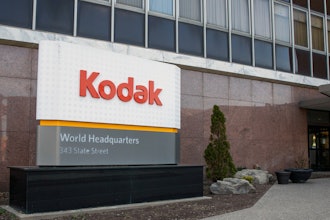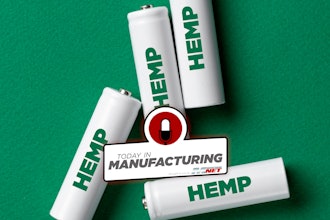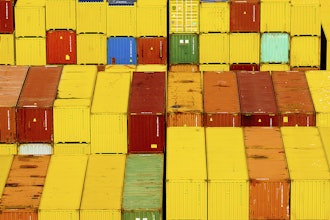Among the challenges food and beverage producers face, in addition to higher costs and global competition, is stricter food safety legislation, such as the Food Safety Modernization Act (FSMA), enforced by such regulatory agencies as the FDA and the USDA. The demand to increase production within the constraints of the existing processing plant has resulted in the development of processing and packaging designs that reduce product contamination and facility cleaning times.
Shortened product-development cycles, smaller batch sizes, fast expiration dates and more frequent product-type changeovers require that production costs be contained and products be delivered quickly. A production shutdown in a processing plant can cost from minutes’ to days’ worth of production if a batch must be scrapped. Keeping batches free from contamination is dependent upon both the food and beverage products and the equipment used in their processing.
Product contamination can result in the deterioration of the product’s brand equity. Recalls of food and beverage products, which have increased in the past several years, will lead consumers to associate the brand with the recall, which can result in a temporary or permanent loss of business.
Selecting Products that Address the Risk of Contamination
Ensuring the safety of food and beverage products during processing involves the selection of supplies that offer features that may prevent contamination or facilitate detection if a supply product inadvertently contaminates food or beverage batches. Methods of ensuring the detectability of manufacturing supplies include using additives that increase the product’s magnetism and density, making it discernible by metal detectors and x-ray equipment. Other detectable features include buoyancy, for easy detection in liquid batches, and the use of the color blue, as this color does not appear naturally in most food products and therefore stands out for visual inspection. Most conveyors to move food are white, which allows the bright blue color to stand out and be easily seen. Additionally, some products offer handling methods that reduce the risk of accidental contamination, such as dispensers and tools that capture scraps.
A simple item, the cable tie, can be selected and used in a way that significantly minimizes the chance that it, or a piece of it, will contaminate a food or beverage batch. The cable tie, introduced by Thomas & Betts Corp. in 1958, is used to fasten electrical wire and cable together in bundles for easier management.
Detection of Contaminants
As inspections become more frequent since the enactment of the FSMA, it becomes more important to secure the safety of food and beverage product processing. Many facilities employ various detection methods to prevent contamination of products in production. These methods range from simple visual inspection to the use of metal detectors and X-ray equipment. In-line magnets, with stainless steel process tubing, are used for clean-in-place (CIP) systems, where a metal detector will not work.
Standard nylon cable ties cannot be detected; if a nylon cable tie’s tail is cut off and falls into a batch during installation, it becomes a contaminant. Some plants have replaced nylon cable ties with ones made of stainless steel, which are much costlier and harder to use.
Cable tie manufacturers, including Thomas & Betts, manufacturer of the Ty-Rap® brand, now offer detectable cable ties and accessories. These cable ties are made of polymeric material that contains additives to increase the cable ties’ magnetism and density, making them discernible by metal detectors and X-ray equipment. Metal detectors, which typically employ low-power, high-frequency magnetic coil systems that digitally interpret signals indicating ferrous content, will identify detectable cable ties when calibrated to a ferrous sphere of 1.5 millimeters or larger. Additionally, the cable tie’s bright blue color makes it clearly perceptible for easy visual detection, especially in food processing applications. When made of polypropylene, these cable ties have buoyancy for visual detection in liquid processing applications.
Similar detection and buoyancy features are available in cable-tie accessories, such as mounting bases.



















